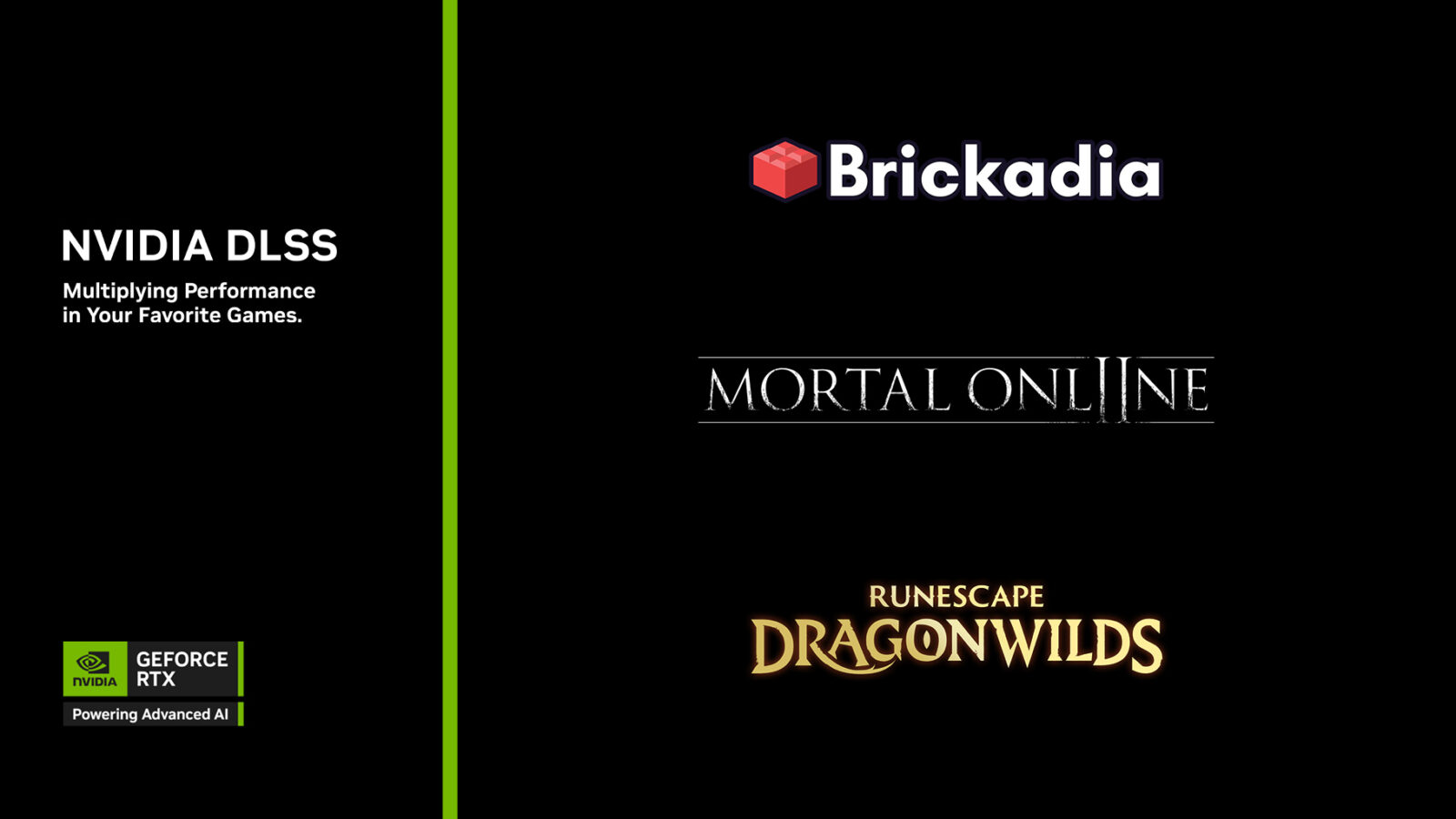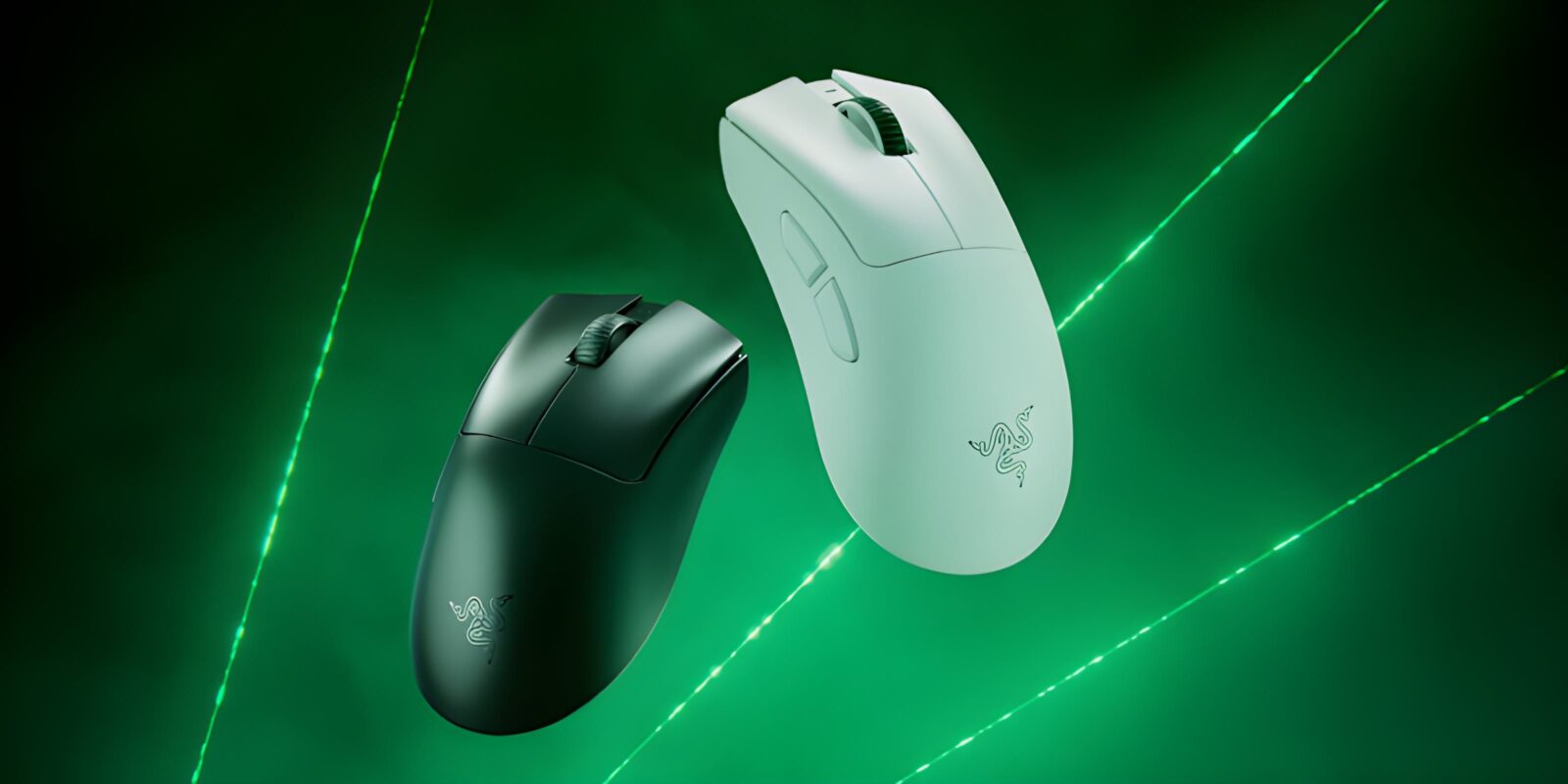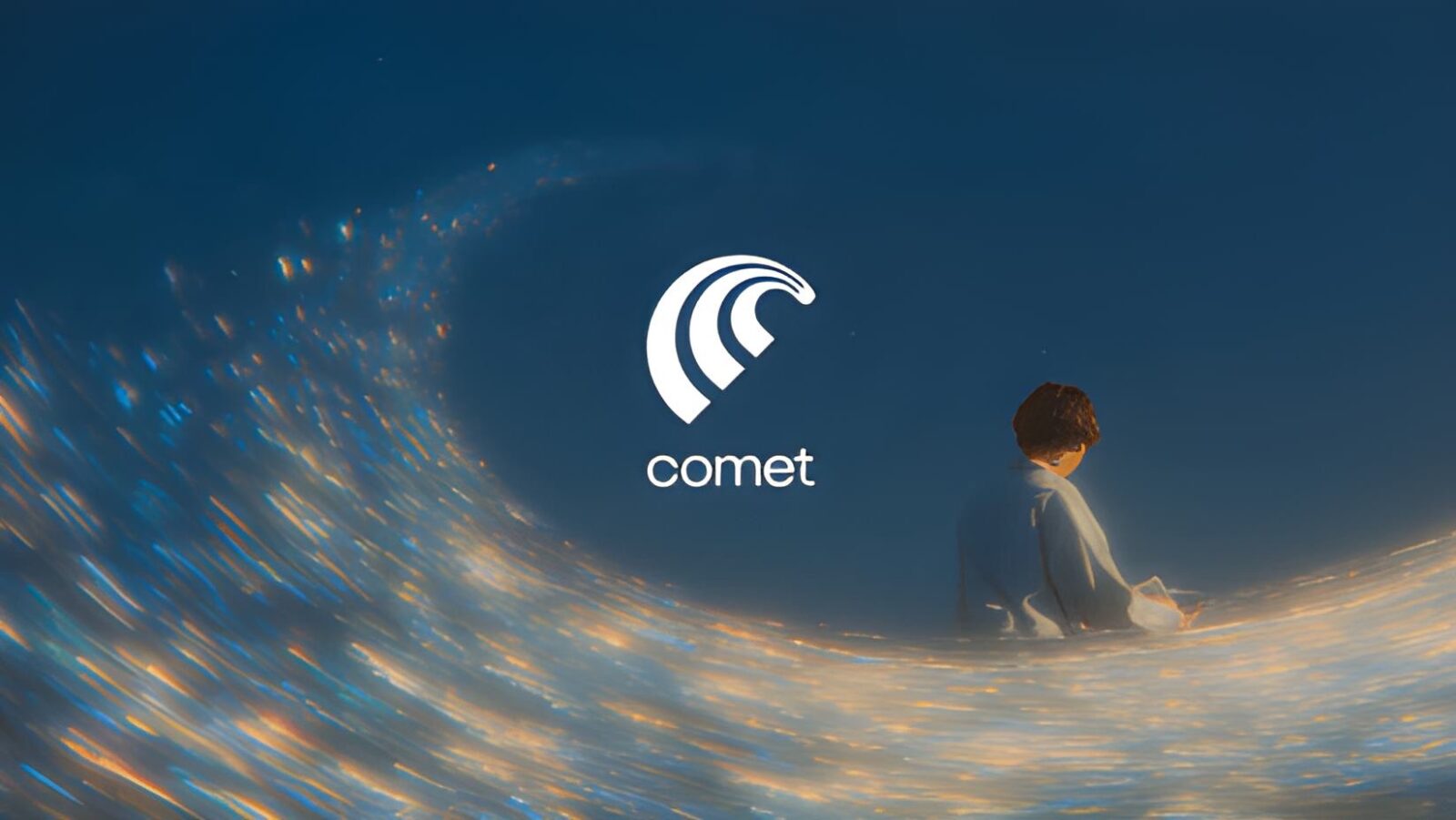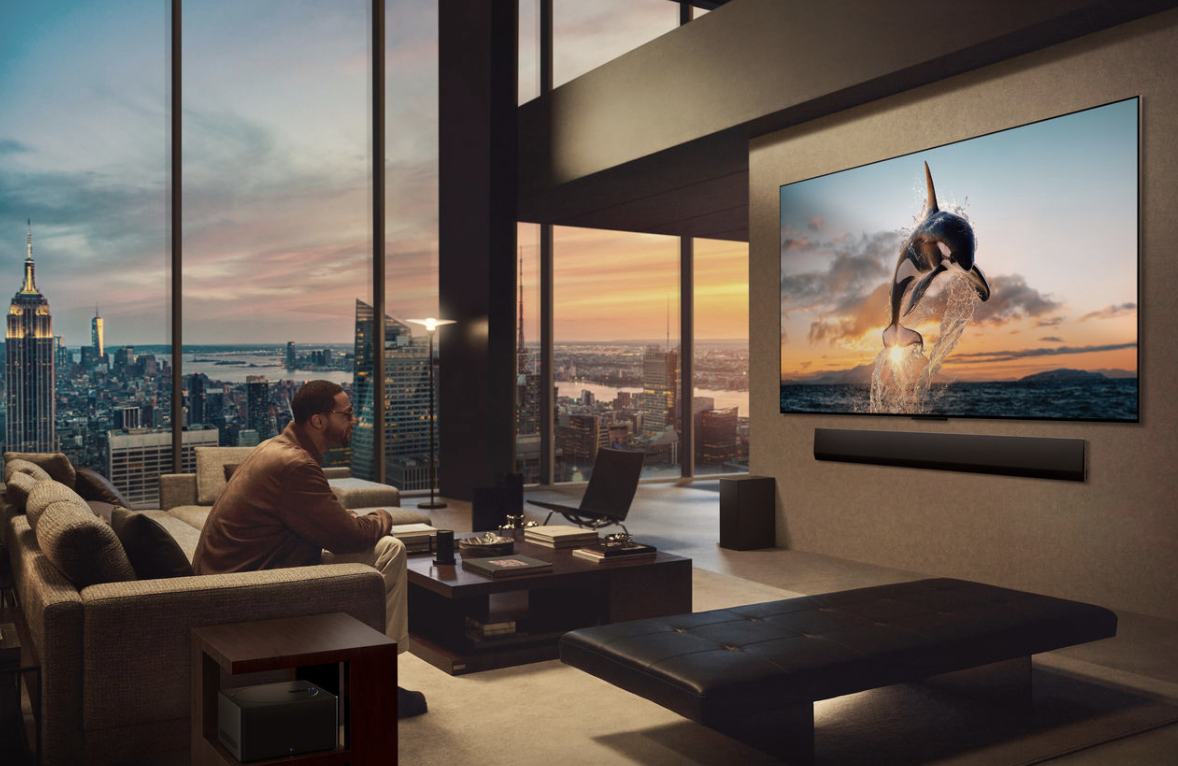NVIDIA has announced that DLSS 4 with Multi Frame Generation is rolling out to three titles this week: Mortal Online 2, Brickadia, and RuneScape: Dragonwilds. This update is expected to bring significant performance enhancements to gamers using GeForce RTX 50 Series GPUs.
Mortal Online 2, a fantasy sandbox MMORPG known for its open-ended player-driven world, is introducing DLSS 4 alongside its first major expansion, Reckoning, this month. The update will integrate Multi Frame Generation to further accelerate frame rates, complementing the game’s existing support for DLSS Frame Generation, DLSS Super Resolution, and NVIDIA Reflex. As the expansion launches, players will continue to shape the in-game world through their actions, adding depth to the immersive experience.
Meanwhile, Brickadia is set to enter Early Access on July 11th. The sandbox creation game offers building, scripting, and extensive customisation tools, allowing players to construct expansive worlds, intricate physics-based contraptions, and entirely new game modes with friends. At launch, Brickadia will support DLSS 4 with Multi Frame Generation, DLSS Frame Generation, and DLAA for those seeking enhanced image sharpness. NVIDIA Reflex will also be available to reduce latency, while ray-traced Lumen lighting and reflections are offered to improve lighting quality and shadows.

RuneScape: Dragonwilds, Jagex’s survival-focused fantasy spinoff of the long-running MMORPG, will soon gain DLSS 4 with Multi Frame Generation support. Launched with DLSS Frame Generation, DLSS Super Resolution, and DLAA, the addition of Multi Frame Generation aims to further boost performance for GeForce RTX 50 Series players. Set in a wild landscape threatened by dragons, the game requires players to gather resources, build shelters, and craft weapons to survive.
The inclusion of DLSS 4 with Multi Frame Generation in these titles marks another step in NVIDIA’s ongoing efforts to integrate AI-driven performance enhancements into new and existing games. While DLSS remains exclusive to RTX hardware, its adoption continues to grow among developers looking to deliver higher frame rates and improved image quality without requiring significant additional processing power.





